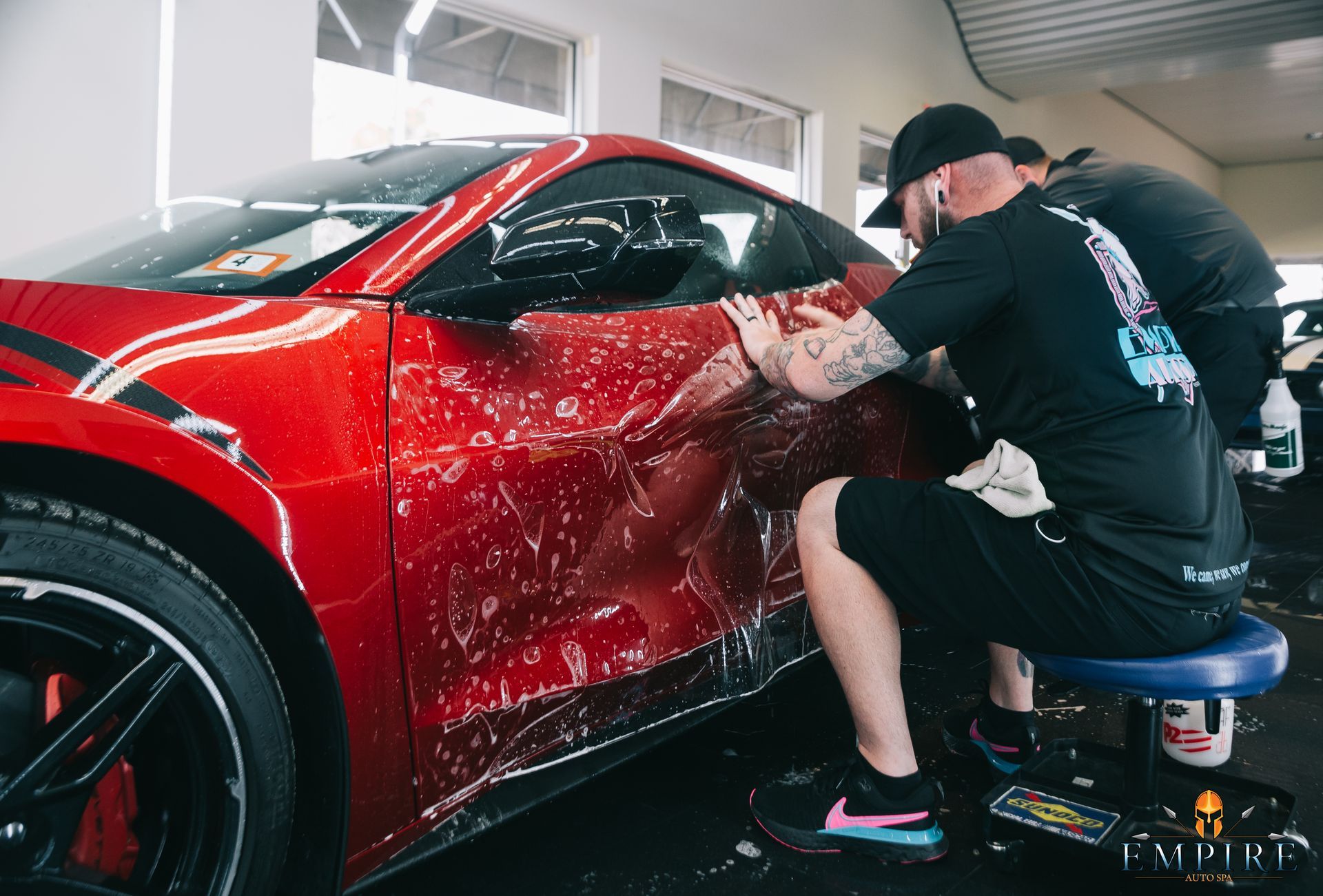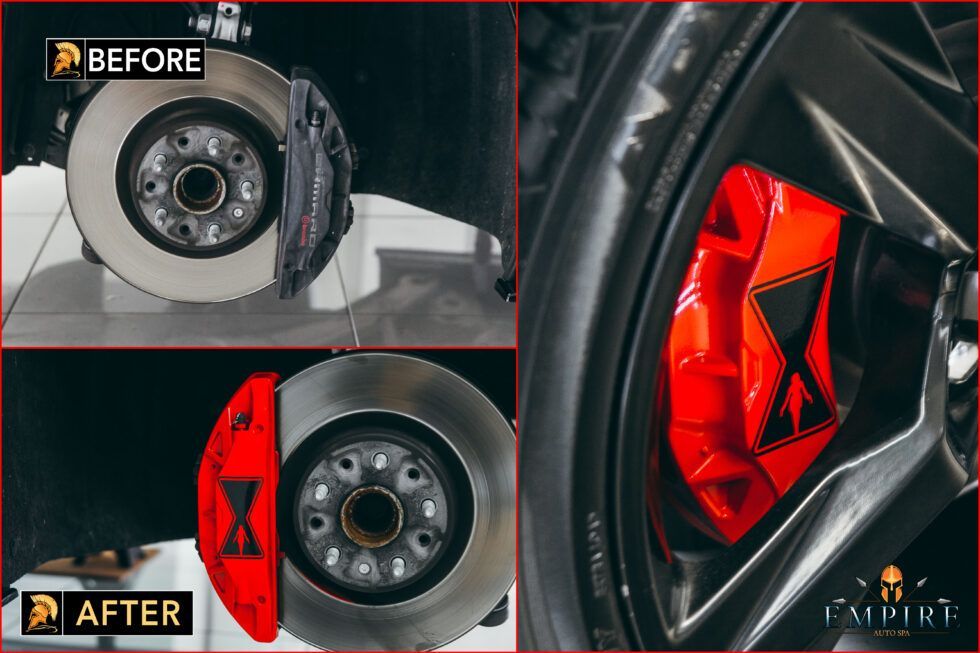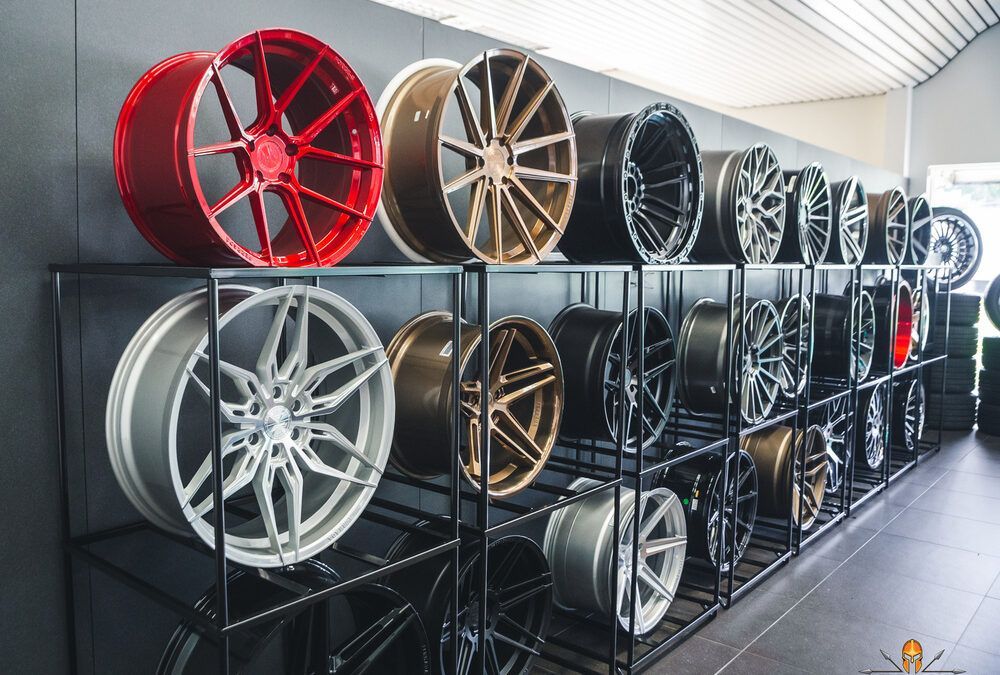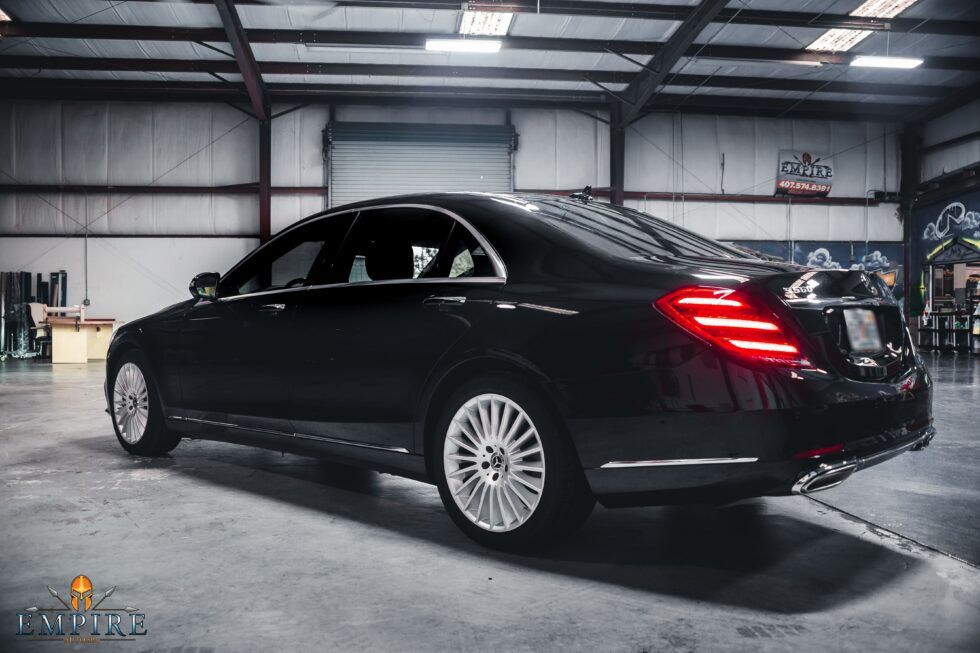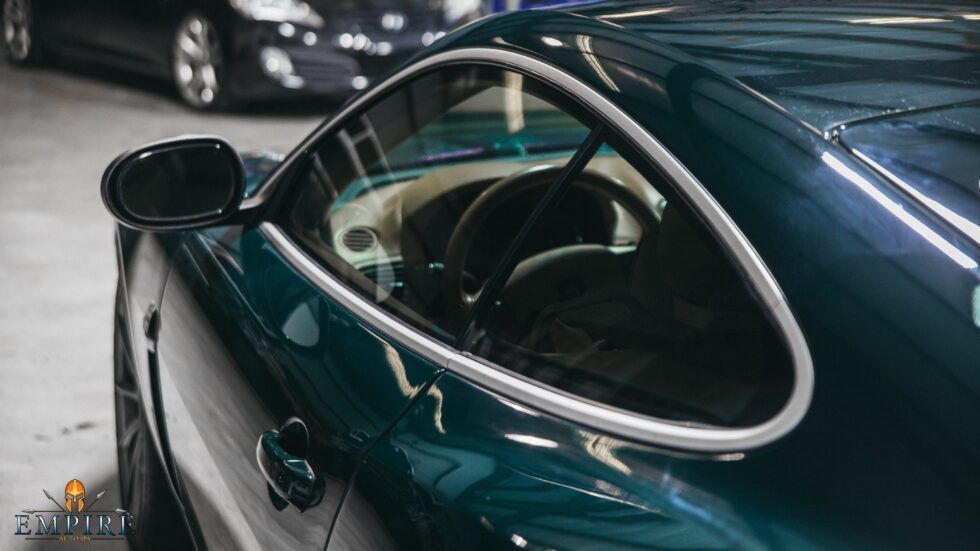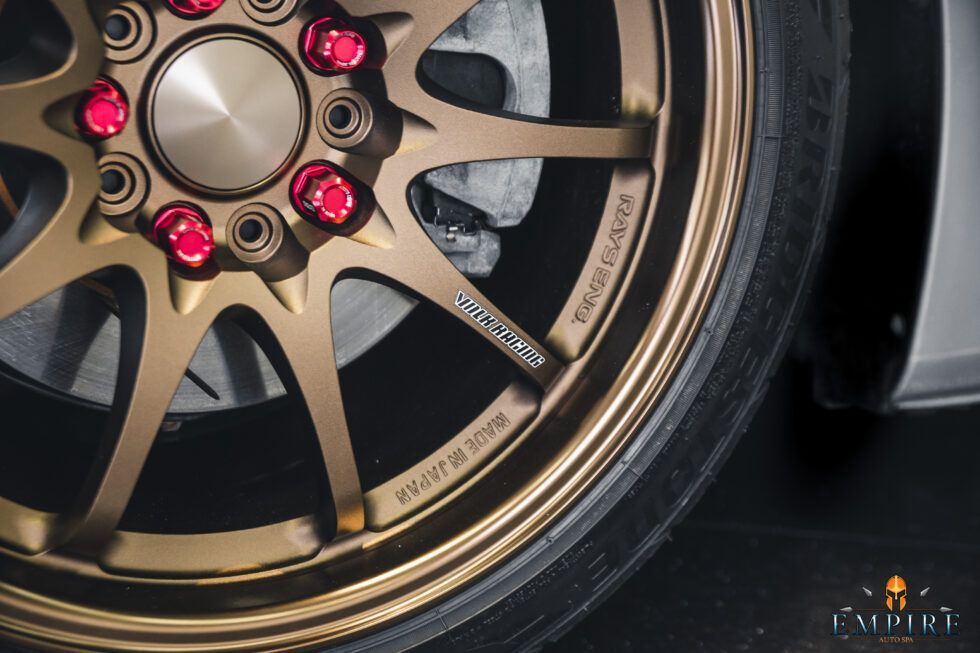A Beginner’s Guide to Auto Detailing
Ultimate beginners guide to auto detailing arranged by auto spa experts in Orlando, FL
Auto detailing, also known as car detailing, is the process of refurbishing and redecorating a car to restore its appearance to that of a brand new vehicle. Auto detailing includes a vehicle undergoing comprehensive reconditioning and polishing to remove any imperfection from that vehicle. This includes stains, smudges, scratches, dirt, filth, and anything else that could potentially blemish a vehicle’s physical appearance.
Auto detailing is usually performed by professionals who use different techniques and tools to perform an exhaustive cleaning of a vehicle. Auto detailing should not be confused with a basic car wash. While both include cleaning a vehicle, auto detailing is a much more comprehensive method that takes more time, money and includes a complete reconditioning of a vehicle rather than merely undergoing a wash. Auto detailing also involves cleaning by hand rather than the mechanized auto system as in car washes.
The Different Types of Auto Detailing:
There are numerous types of auto detailing that any customer can choose for their vehicle. However, the two most basic types of auto detailing are: Exterior Detailing and Interior Detailing. Let us explore them in detail.
Exterior Detailing:
- Exterior Detailing includes a complete refurbishment of a car’s external parts such as windows, bumper, headlights as well as exterior paint. This is more than a simple car wash as the detailers will polish the exterior of the car to make sure that the car looks brand new. This process also includes waxing, claying, and sealing a car’s exterior to restore its pristine appearance. Some of the main processes in this type of detailing include:
Washing and Drying:
- This includes doing a complete cleaning of the exterior of a car. This is the most basic detailing service available. However, instead of using an automated system to wash the car, the washing is done by hand. In addition to the windows and exterior of the car, the rims, tires, and even door handles are thoroughly washed.
Claying:
- This process involves using a clay bar (which is a resin compound that is both naturally and synthetically engineered) to remove any dirt or contamination from the surface of the car. Claying helps restore the outer appearance of a car.
Polishing and Waxing:
- This method includes removing the original paint on the car using buffing compounds. They remove any scratches that might have appeared on the car and it results in a car that looks smooth and fresh. Then a protective layer of wax is applied to the surface.
Paint Sealing:
- A sealant is applied to the exterior of the car to give it a satiny makeover.
Other prominent features of exterior detailing include cleaning of headlights and taillights, engine cleaning, and cleaning of windshields and windows among other things.
Interior Detailing:
- Interior detailing includes cleaning and refurbishing all of the inner parts of a car including seats, carpets, and dashboards, etc. Interior detailing is a much more delicate process that is both time-consuming and requires immense skill. It includes:
Vacuuming:
- The interior of the car is cleaned using a vacuum. This includes dashboards, AC vents, trunks, and seats. Vacuuming removes many allergens and any foul odor inside the car.
Brushing:
This includes shampooing the carpets and seats to remove any stains. Thorough cleaning of the car’s upholstery and mats etc. Steaming is also done on the carpets to remove any dirt that might have accumulated over the years. This process also includes using a leather soap or cleaner to clean all leather parts of the vehicles lime the seats.
Glass Cleaning:
- The windows, windshields, rearview mirror, and side mirror are cleaned using a glass cleaner to make them spotless.
Perfuming:
- Finally, a finishing touch is added to the interior by perfuming the inside of the car to give it a pleasant smell
To get the best auto detailing services in Orlando Florida and nearby areas, contact Empire Auto Spa. Call us at (407) 574-8381 to get a free estimate of our services.


